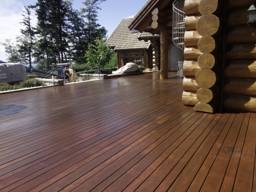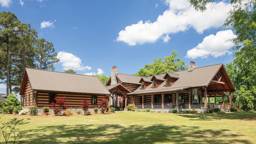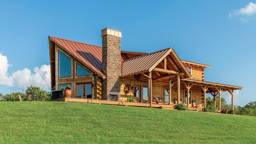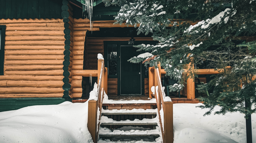
When Jim Webb traveled from his home in Sherburne, New York, to the Rotary Club in Ocala, Florida, he thought the trip was pleasure, not business. As men do in those clubs, he conversed with two fellows seated near him. It turns out they were both heavily involved in planning for the restoration of Fort King, a national historic landmark located right there in Ocala. Jim, founder and president of Lok-n-Logs, explained that although he’d been building custom log homes for the past 40 years, he got his start rehabbing forts in 1975. The men had a 40-acre site where Fort King once stood and planned to rebuild it as historically accurate as possible. “How big can you make those logs?” they asked. Jim replied, “How big do ya want ’em?”
See also 20 Tips for the Perfect Floor Plan
After securing the Fort King contract, Jim quickly learned that helping to rebuild this 1830s structure would require quite a bit of doing. To be true to the original fortress, the logs would be borate pressure-treated hand-scrubbed red pine and they’d stand 16 feet tall. That’s where the challenges began. Jim had to navigate the regulation minefield of the local Parks and Recreation department. If you want a 16-foot log to withstand hurricane season in Florida, it needs to be driven at least 4 feet into the ground. However, intending to protect potential frontier-era artifacts, an onsite archaeologist decreed the logs would not be allowed to penetrate the ground. Jim’s solution was to pour a 1-foot deep “concrete sidewalk” perimeter topped by a steel frame to which his team could secure the logs by firing bolts into the base. This was about as historically accurate as the neon exit sign in the blockhouse, but it got the job done.
According to Jim, designing a fort isn’t much different from designing someone’s home; but it’s definitely easier. “These designs are ancient; they’re pretty straight forward. Plus, they don’t need to be lived in,” he explains. But he finds preserving our country’s heritage every bit as rewarding as fulfilling someone’s lifelong dream of log home ownership. Jim and his team will return to Ocala soon for Phase Two: The fort’s interior structures.











